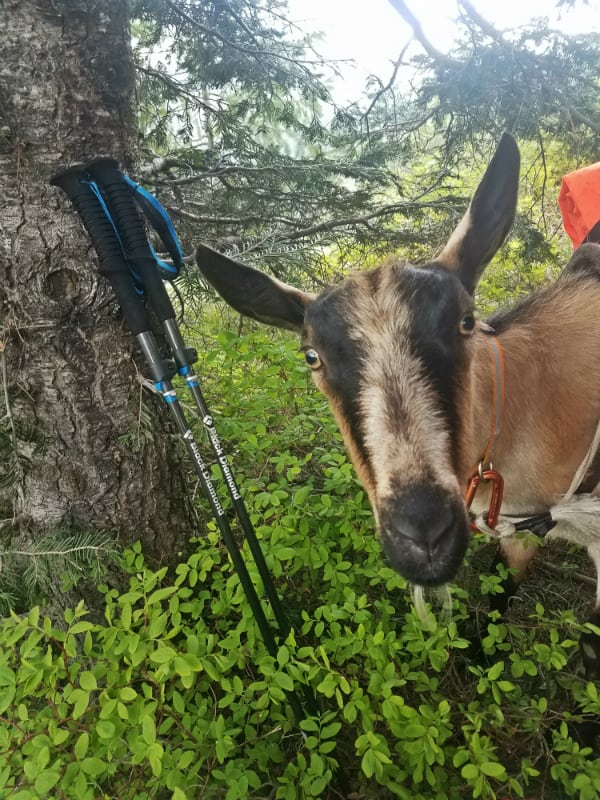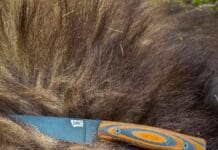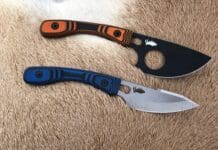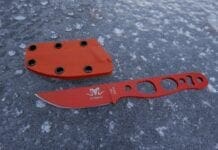Black Diamond Carbon Distance FLZ Z-Poles
By Brock Akers, Rokslide Prostaff
If you have been in the backpacking game for some time, you are likely no stranger to how big of an impact trekking poles can have on a hunt. They can help you conserve energy on your hike in and save your butt on the hike out with a heavy load. No doubt have they proved themselves worthy and as with all my gear, they get scrutinized each year, regardless of how they perform.
I have been using the same old set of trusty aluminum Black Diamond poles for several years. They have logged more miles than I care to count, hauled many heavy loads, and even served as shelter supports in some instances. This last year, though, I started having some issues with them so it was time to do some research. I knew I wanted to stay with Black Diamond. They had passed my tests, but I wanted a lighter version.
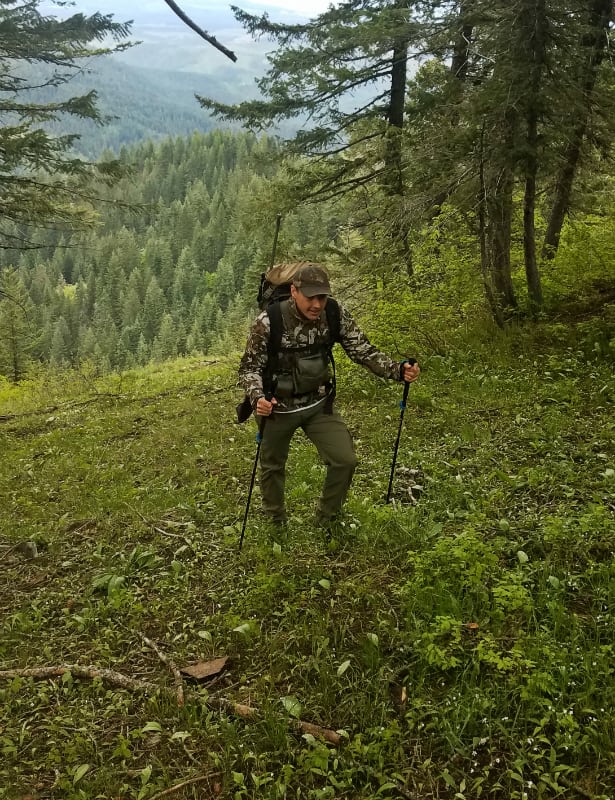
After speaking with Kendall at Blackovis.com, I had a set of BD Carbon Distance FLZ Z-poles on the way to my house. 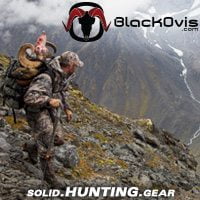 I opted for the 140cm size which ended up fitting me very nicely. They tip the scales at 13oz, a weight savings of 7-1/2 oz over my old ones. Folded up, they measure 15” long. That is 11” shorter than my aluminum ones and they fit great strapped to the side of my pack when not in use. They use what’s called Z-Pole technology, meaning the poles break down into three sections while remaining connected. When put together, the poles have 20cm of adjustment. I felt that was a good amount of travel to shorten up when coming uphill and to extend for downhill treks. The grips are made from a lightweight EVA foam. Coming from a solid rubber grip, this was my biggest hurdle to get over. I did not like the foam in my hand for long periods of time, but with some long miles, I grew accustomed to it and find it comfortable. I am definitely a big fan of the flick lock system and I am glad they stayed with that design.
I opted for the 140cm size which ended up fitting me very nicely. They tip the scales at 13oz, a weight savings of 7-1/2 oz over my old ones. Folded up, they measure 15” long. That is 11” shorter than my aluminum ones and they fit great strapped to the side of my pack when not in use. They use what’s called Z-Pole technology, meaning the poles break down into three sections while remaining connected. When put together, the poles have 20cm of adjustment. I felt that was a good amount of travel to shorten up when coming uphill and to extend for downhill treks. The grips are made from a lightweight EVA foam. Coming from a solid rubber grip, this was my biggest hurdle to get over. I did not like the foam in my hand for long periods of time, but with some long miles, I grew accustomed to it and find it comfortable. I am definitely a big fan of the flick lock system and I am glad they stayed with that design.

My first time using these poles was at a 25K endurance trail run in the Yakima canyon in Washington State. The race was brutal in elevation change. From the starting line, you gain 2250’ of elevation. The poles were used from the start. Once I got to the ridge top, I collapsed the poles and slid them into my running vest without stopping. When we started descending back down to the canyon, I pulled them out and utilized the extra stability downhill.
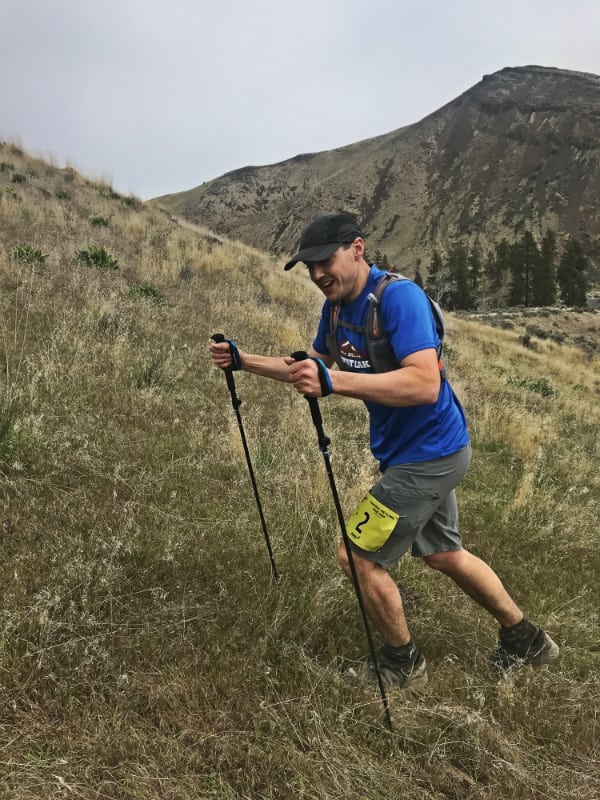
My next adventure was a spring bear hunt. We hiked in several miles, some on snow shoes, some without. I used the poles the entire hike in. Once we set up camp, I attached the poles to the side of my pack while we hiked around the hillsides and glassed. I also used them on a 30-mile training hike recently. Again, they performed well, as expected.

There are two issues that I see as potential cons for these trekking poles. The first is the size of the basket on the bottom. It’s a square shape and measure 1.375” from corner to corner. Its prone to post holing in snow/mud easier than my old poles which have a slightly larger basket. The second concern I have is their durability being all carbon. I do not have experience with these poles with a heavy pack on (80+ lbs.) and if they got caught between two rocks and I put an excess amount of weight on them, they could potentially crack (speculation on my part). But that is the risk you take going all carbon.
I will continue to use these Black Diamond FLZ poles the rest of the summer and into my hunts this fall. I have a 100-mile through hike planned and a handful of tags that should last me into November. Keep an eye on the thread linked below, as I will be updated at the season progresses.
You can comment or ask Brock questions here.














